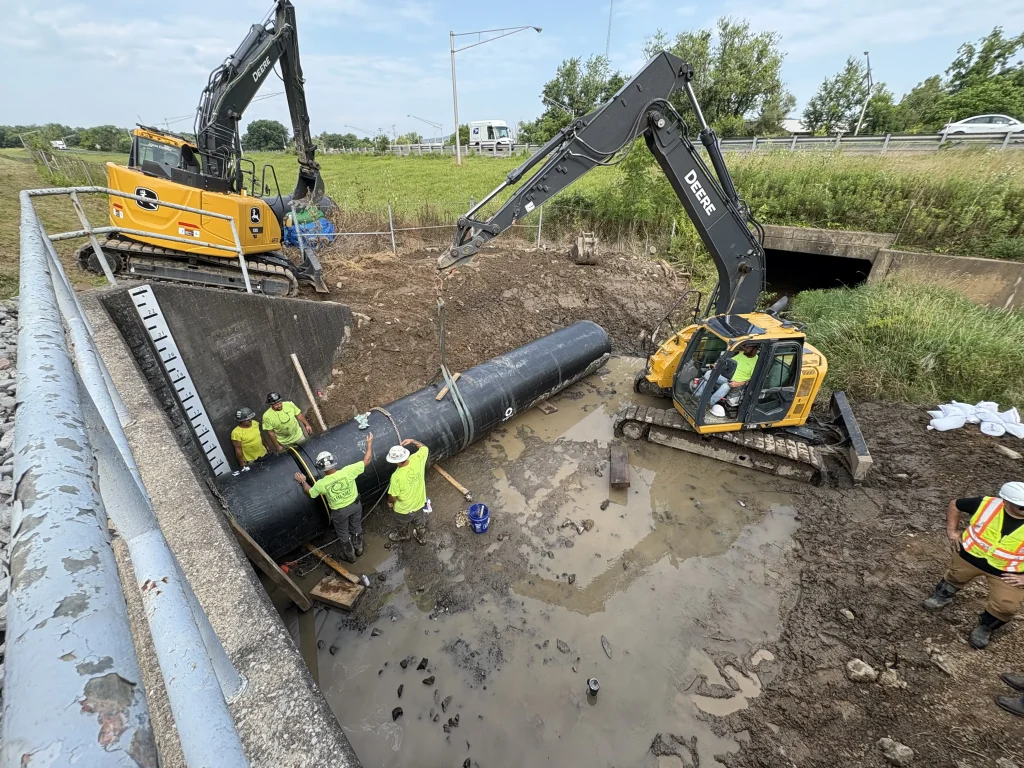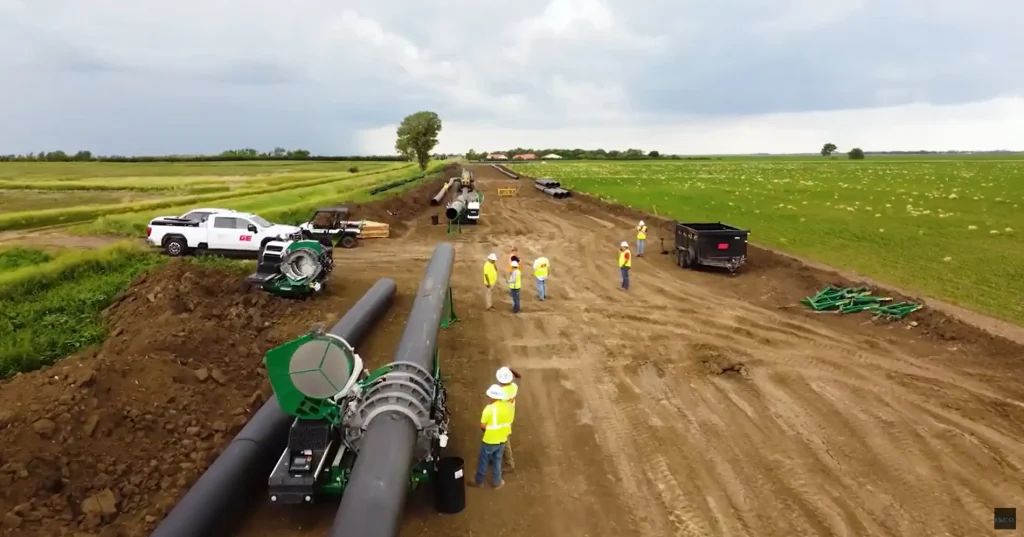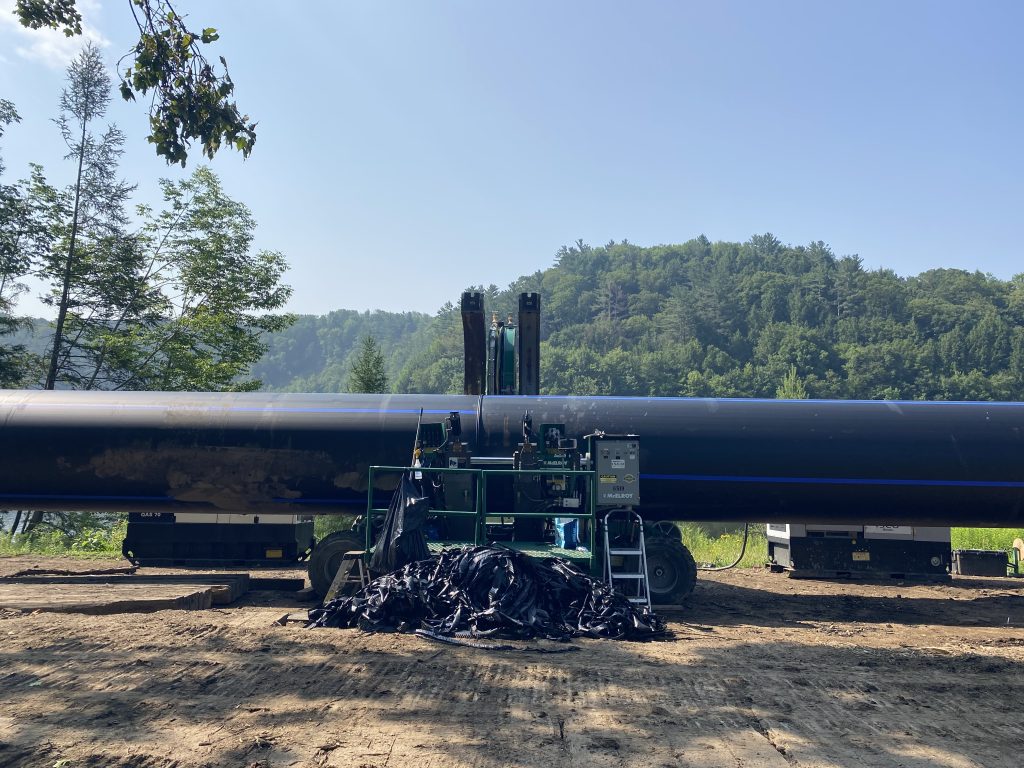Resources
Field Reports
Snap-Tite Boynton Beach, Florida
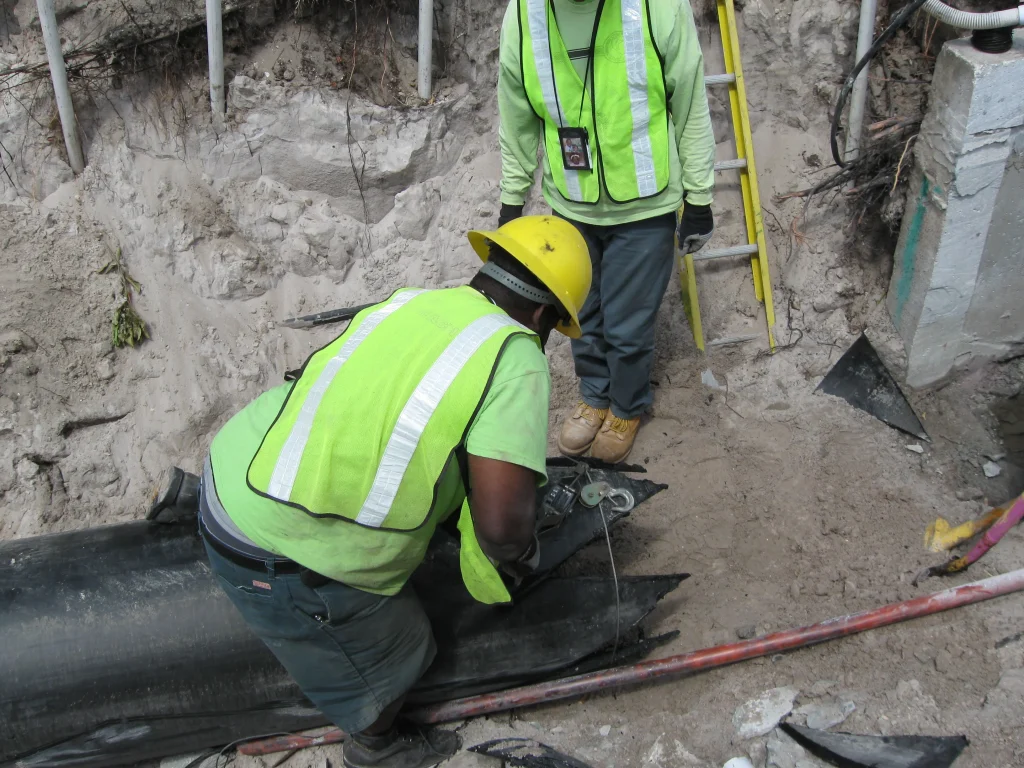
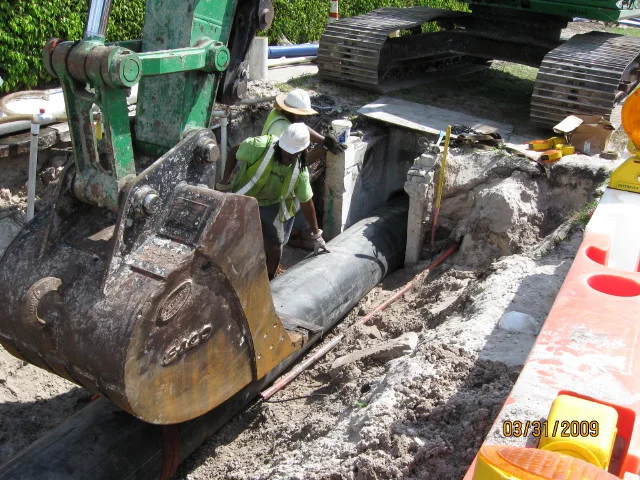
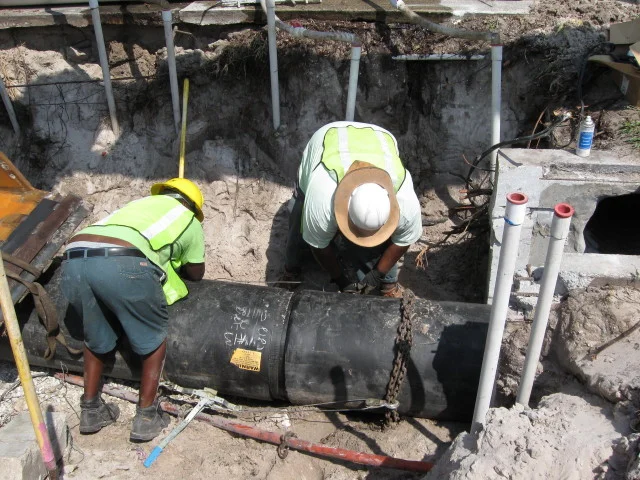
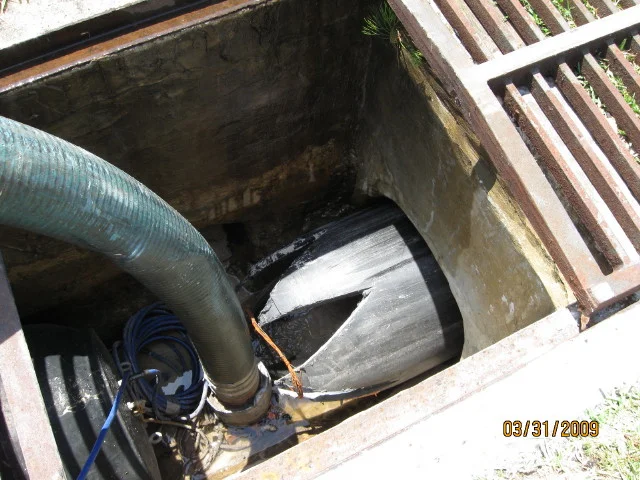
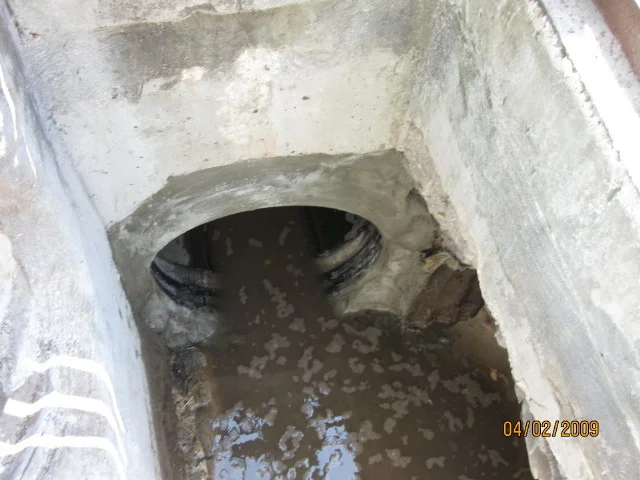
Our purpose is to offer reliable and cost-effective solutions that fit the application. All information is intended to reduce cost and minimize future maintenance expenses. The solutions contained in this Field Report are in use today with a proven track record of installation and function.
Abstract
The city of Boynton Beach, Florida had 384 feet of 30-inch deteriorated corrugated metal pipe (CMP) in use for under-the-road drainage. Corrosion causes CMP to fail. This corrosion creates voids and causes the road bedding to erode. This Field Report presents an application where the deteriorated culvert was replaced using Snap-Tite.
Introduction
The road leading to the entrance of an apartment complex in Boynton Beach, Florida was in great danger of collapse because of the deteriorated CMP line that ran under it. Major sink holes were evident within the swale of the road.
The Problem
The 30-inch failing culvert was 384 feet long. To dig and replace this culvert would be a major disruption and safety hazard for all residents of the apartment complex.
The Solution Applied
After learning the convenience and ease of a Snap-Tite installation, the city decided against open excavation pipe removal and replacement.
Paul Blastic, the Florida Snap-Tite sales representative, helped the city throughout this process. He provided flow rates and recommended the appropriate pipe liner size. Under the direction of storm water superintendent, Louis Johnson, the crew cut a 30-inch opening through the back of the catch basin to insert the new 24-inch Snap-Tite pipe. The pipe was “snapped” together in the trench and the crew pushed the 24-inch pipe easily through the opening of the severely deteriorated storm drain line. The installation process was completed in three days. Once the pipe was installed, the annular space between the new and old pipe was grouted with fly ash flowable fill.
The Snap-Tite Solution
Although Snap-Tite is higher in material cost than conventional high-density polyethylene pipe (HDPE), the advantages have continuously proven to overshadow any additional costs. We have seen the Snap-Tite joining system as an asset during installation, particularly where the high friction coefficients with concrete or corrugated metal pipe are anticipated. Snap-Tite’s flexibility helps ensure the final integrity of the installation because it over- comes the carrier pipe deficiencies during insertion.
The Snap-Tite engineered system also protects the environment in immediate proximity to the project site. Rehab projects often occur in environmentally sensitive areas. The disruption to virgin woodland as well as developed areas is greatly reduced. Excavation requirements become minimal to none. Long “strings” of pipe do not have to be placed in areas outside the established rights-of-way.
The Snap-Tite joining system also eliminates the interior “beads” present with traditional butt-fusion installations. These beads can allow material build-up in storm water systems where tree limbs and leaves enter the conduit.
There are compromises toward the optimum result in any engineered system. One potential compromise the Snap-Tite system eliminates is joint integrity. Once a Snap-Tite connection is made, it is possible to visually inspect it. This is not the case with HDPE butt-fusion.
